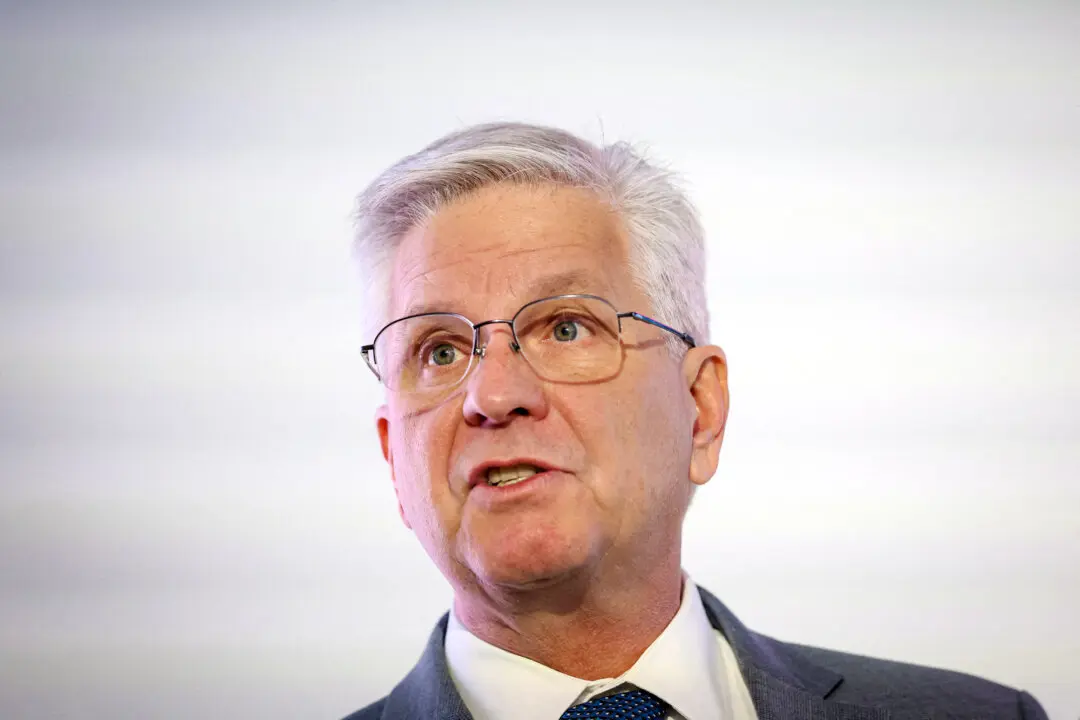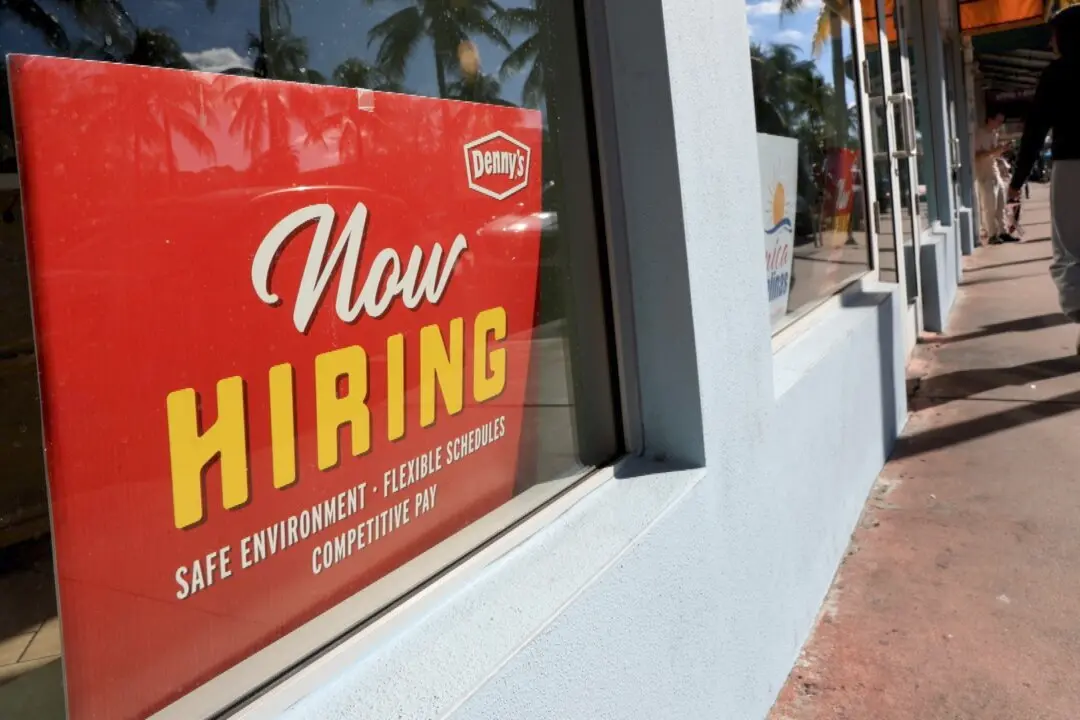U.S. households anticipate inflation will stay above 3 percent in the year ahead, suggesting they doubt the Federal Reserve will hit its 2 percent inflation target, according to a widely watched New York Fed survey.
The New York Fed’s May Survey of Consumer Expectations (SCE), based on responses from 1,300 households, places the median one-year outlook for inflation at 3.2 percent. This is slightly down from the 3.3 percent reading in April.





